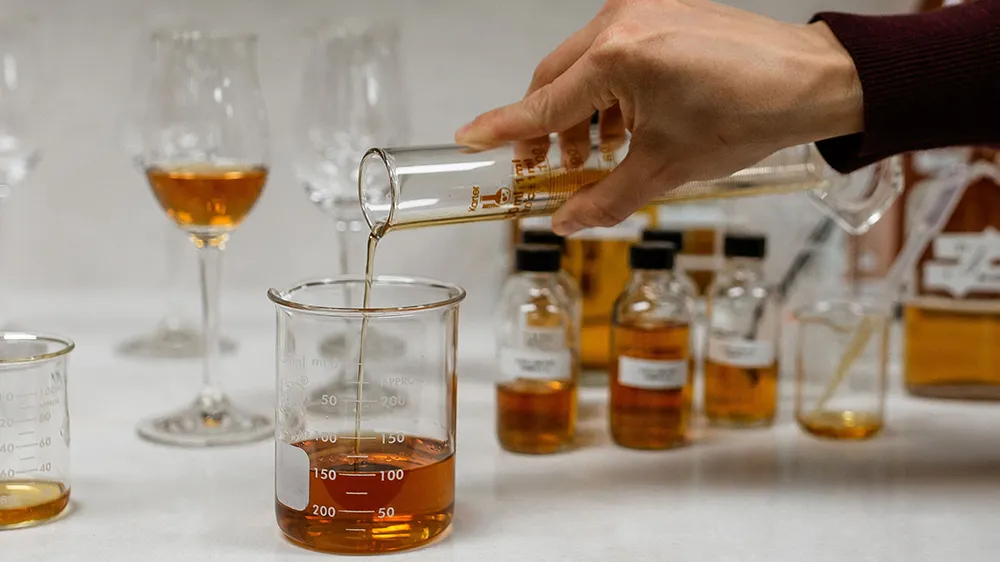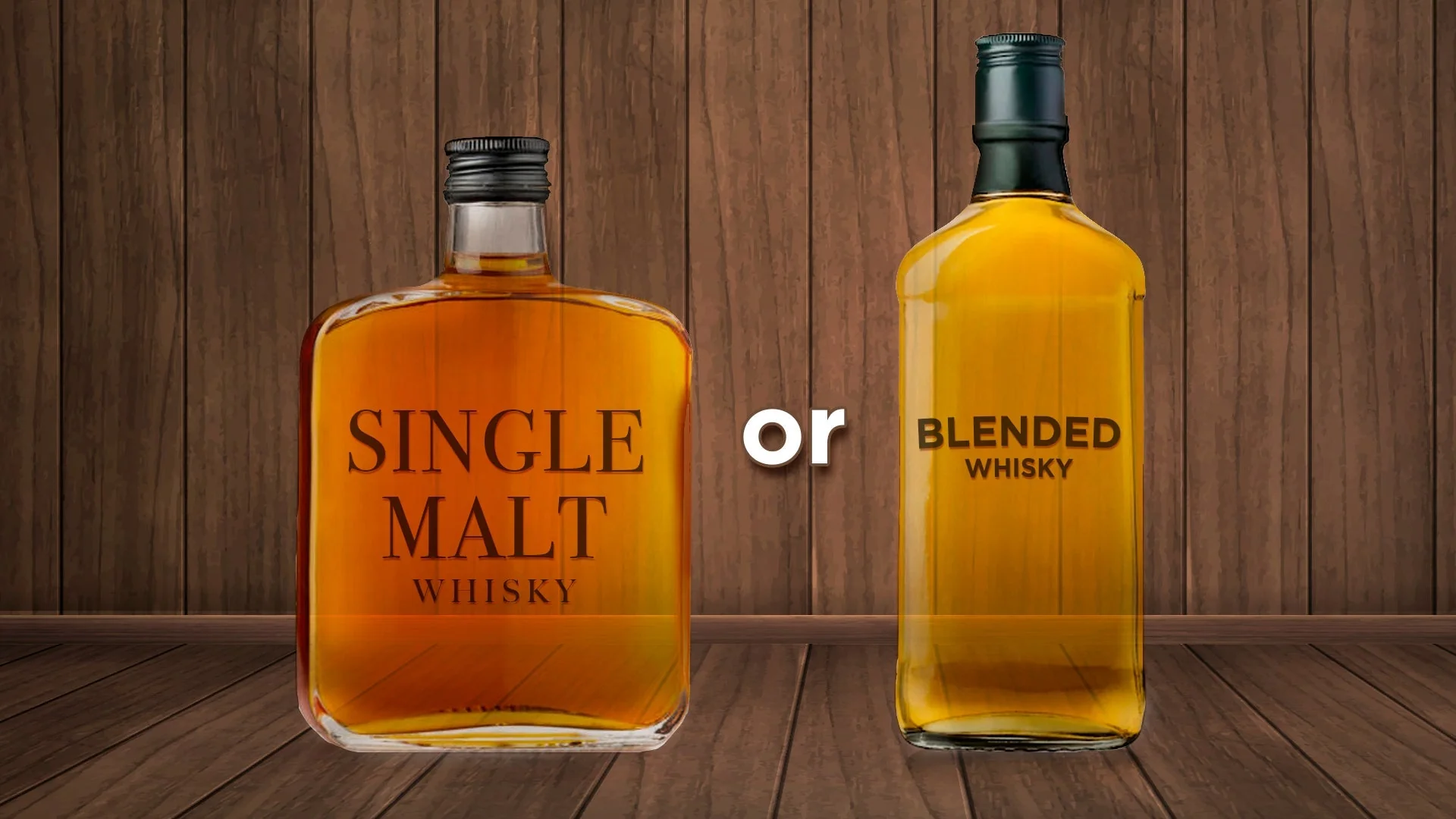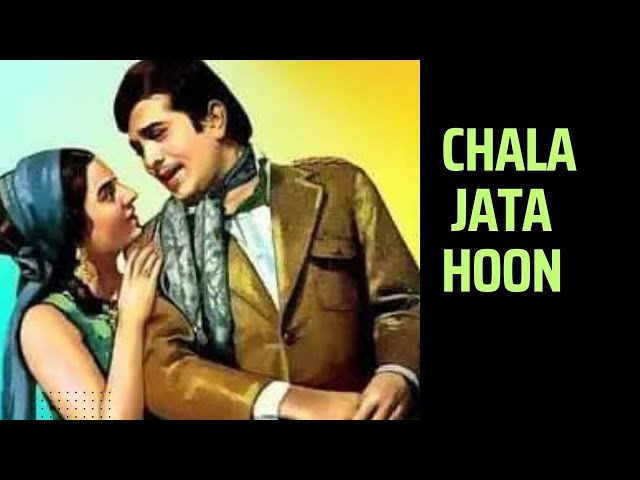Whisky is one of the world’s most celebrated spirits, enjoyed by enthusiasts for its rich flavors, aroma, and heritage. However, when exploring the world of whisky, two common terms often arise: Blended Whisky and Single Malt Whisky. Understanding the differences between them can enhance your appreciation and help you make informed choices when selecting your favorite drink.
What is Single Malt Whisky?
Single Malt Whisky is considered the purest expression of whisky craftsmanship. The term “single malt” refers to whisky that is produced from malted barley at a single distillery. It is distilled using pot stills and must be aged for a minimum period, often in oak barrels, which imparts a unique flavor profile.
Single Malt Whiskies are renowned for their distinctive taste and character, reflecting the region, distillery, and even the water used in production. For example, Scottish Single Malts from Islay often have a smoky, peaty flavor, while Speyside malts tend to be smoother and sweeter.
The appeal of Single Malt Whisky lies in its complexity and authenticity. Since it comes from a single distillery, the flavor is consistent with the distillery’s tradition and style. Connoisseurs often prefer Single Malt Whisky for sipping neat or with a few drops of water to fully appreciate its nuances.
Key Features of Single Malt Whisky:
- Made from 100% malted barley.
- Produced at a single distillery.
- Distilled in pot stills.
- Offers unique flavors reflecting the distillery and region.
- Ideal for sipping and savoring rather than mixing.
What is Blended Whisky?

Blended Whisky is a combination of different types of whiskies, usually a mix of single malt and grain whisky. The goal of blending is to create a balanced flavor profile that is smooth and approachable.
Blended whiskies are often easier to drink for beginners because they are less intense than Single Malts. By combining different whiskies, the blender can highlight complementary flavors while masking harshness. Many popular brands, including Johnnie Walker, Chivas Regal, and Ballantine’s, are known for their expertly blended whiskies.
Blended Whisky is also more versatile in cocktails due to its consistent flavor and smoothness. It provides a harmonious taste that appeals to a broader audience and is often more affordable than premium Single Malts.
Key Features of Blended Whisky:
- A mix of single malt and grain whisky.
- Smooth and approachable taste.
- Offers consistent flavor across batches.
- Ideal for cocktails or casual drinking.
- Often more affordable than Single Malts.
Single Malt vs. Blended Whisky: Which One Should You Choose?
Choosing between Single Malt and Blended Whisky depends on your taste preferences and drinking style. If you enjoy rich, complex flavors and want to savor the heritage of a single distillery, Single Malt Whisky is the perfect choice. On the other hand, if you prefer a milder, versatile spirit for casual drinking or mixing, Blended Whisky might be ideal.
Understanding the difference between Single Malt and Blended Whisky helps you appreciate the craftsmanship behind this beloved spirit. Single Malt offers authentic, unique flavors, while Blended Whisky provides smoothness and versatility. Whether you are a whisky connoisseur or a casual drinker, knowing the distinction allows you to choose the right whisky for any occasion.
By exploring both types, you can fully enjoy the rich world of whisky, from the bold, peaty Single Malts to the smooth, approachable Blended varieties.
How Alcohol Works in Human Body?
10 Best Comedy Movies of all Time
Read Also: ecommerce natural body cure products
![]()





